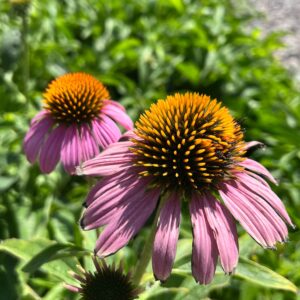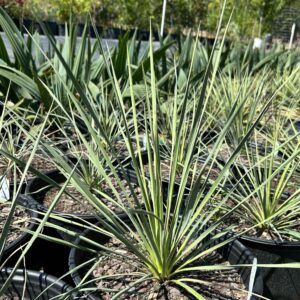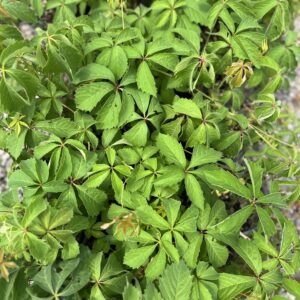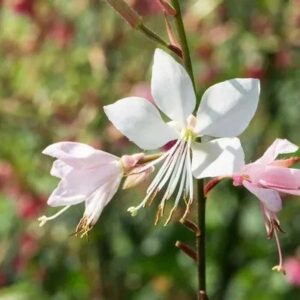Why Are Native Plants Important?
There’s a growing movement toward incorporating native plants when designing landscapes. Native plants offer unique benefits that contribute to biodiversity, sustainability, and the overall health of local ecosystems. At Midwest Propagation Nursery, we recognize the value of Oklahoma’s native plants and encourage their use in residential designs. This post will explore why native plants matter and introduce some great options for your Oklahoma landscape.
Common Oklahoma Native Plants
Oklahoma is home to a diverse array of native plants that can bring color, texture, and wildlife benefits to your landscape. Here are a few we recommend incorporating into your design:
- Little Bluestem (Schizachyrium scoparium): is a versatile, clumping native grass known for its vibrant seasonal color and hardiness. Reaching heights of 2 to 4 feet, this ornamental grass starts as a soft blue-green in spring and summer, turning to striking shades of copper, red, and orange in the fall. It’s drought-tolerant and thrives in a variety of soil types, making it ideal for Oklahoma’s climate.
- Virginia Creeper (Parthenocissus quinquefolia): A versatile climbing vine, Virginia creeper is ideal for covering fences or creating natural privacy. It turns vibrant shades of red in the fall, adding seasonal interest to your garden.
- Soapweed Yucca (Yucca glauca): Known for its dramatic, spiky foliage and tall flower stalks, soapweed yucca is perfect for adding a touch of the Southwest to your landscape.
- Purple Coneflower (Echinacea purpurea): A favorite among pollinators, the purple coneflower is not only beautiful but also provides food for bees and butterflies. Its bright purple petals and long bloom period make it a standout in any garden.
- White/Pink Gaura (Oenothera lindheimeri): This delicate perennial produces graceful, butterfly-like flowers in shades of white and pink. It’s heat-tolerant and attracts pollinators like bees and hummingbirds.
For even more Oklahoma native plants to choose from, check out our complete range of native plants, perfect for creating a beautiful, sustainable landscape.
What is Considered a Native Plant?
Indigenous vs. Native Plants: Is There a Difference?
Why Should You Use Native Plants?
Interesting Facts About Native Plants
Conclusion
At MWPN, we believe that incorporating Oklahoma native plants is a sustainable and beautiful way to design landscapes that thrive in harmony with the local environment. Native plants not only require less water and maintenance but also offer essential habitat for local wildlife. By choosing native plants for your landscape, you are investing in a healthier and more resilient ecosystem.





